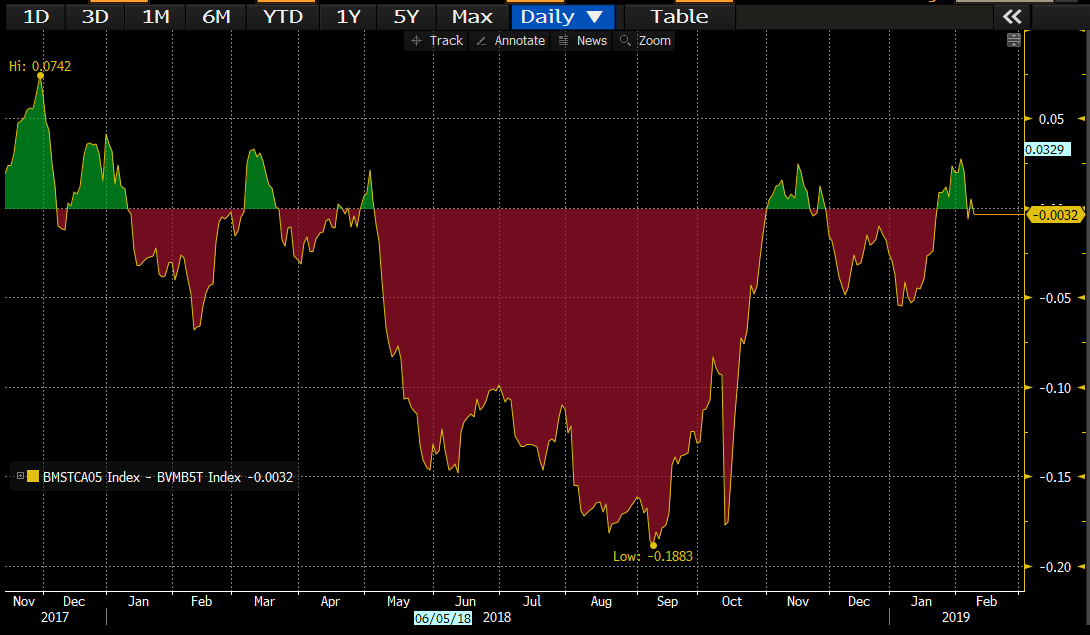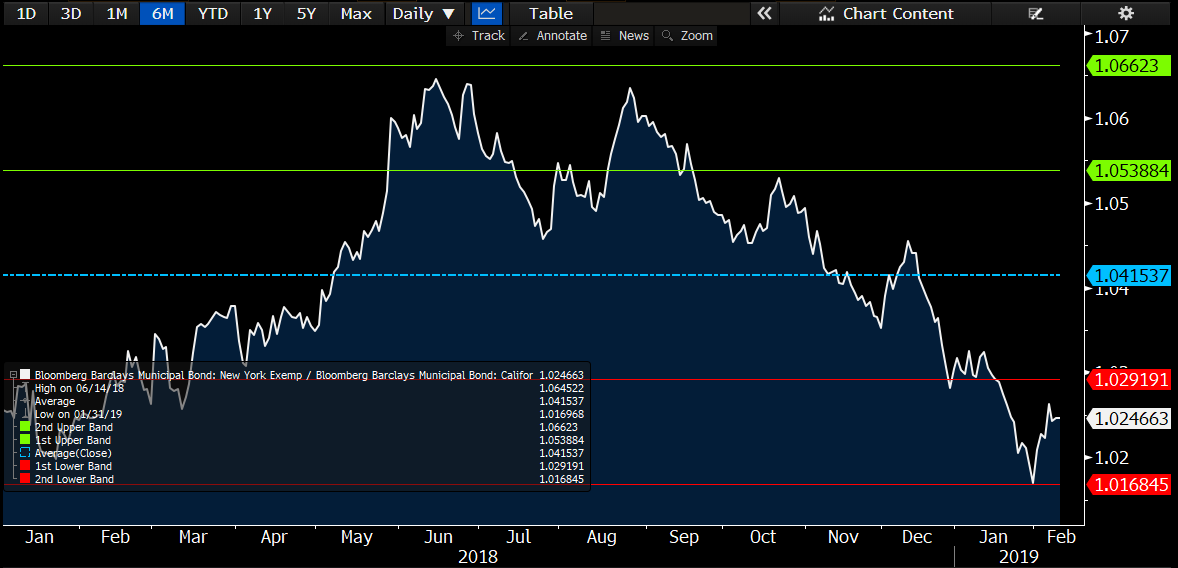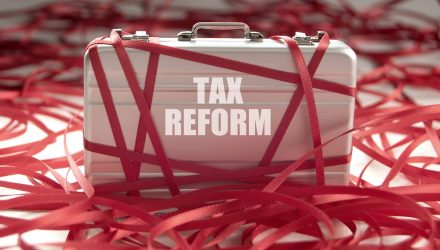By Eric Kazatsky, Portfolio Manager, Clark Capital Management Group
Over a year has passed since the implementation of federal tax reform and high tax states are just beginning to feel the implications. As tax returns are beginning to be filed, residents in the high tax coastal jurisdictions may face some unpleasant surprises, resulting in a realization that the municipal bond tax-exemption is still an efficient way to shield taxable income. However, while limited supply in the municipal market has already led to a rise in bond valuations, budget impacts resulting from federal tax reform will call into question the relative value of bonds from respective high tax states.
The federal tax measure, which placed a $10,000 cap on SALT (State and Local Tax) deductions, led to a flurry of tax prepayments in late 2017, impacting the flow of taxes in states such as California, New York, New Jersey and Connecticut. A secondary impact, which has been the narrowing of bond spreads, has been a result of consistently strong separately managed account inflows and limited municipal new issue supply. For example, as evidenced in the chart below, the spread on 5-Year California General Obligation bonds narrowed from 7 basis points on November 2017 to -18 basis points in October of 2018.

Source: Bloomberg
What this means is that for residents seeking municipal bonds from these states, it has become a more expensive endeavor. However, for the go-anywhere investors less impacted by state taxes, like a Texas or Florida resident, the choice for assessing relative value has become cloudier at times. While the municipal market has thousands of unique obligors, bonds from California, Texas, New York and New Jersey make up a disproportionately large portion of the market. We believe portfolio construction should consist of credit diversification but also relative value calls.
Source: Bloomberg
For instance, when looking at the ratio of New York to California bonds, using the yield-to-worst for the Bloomberg Barclays state indices, New York bonds appeared to be a better buy as California paper continued to richen through late 2017 and much of 2018. The trend began to reverse in the back half of 2018 as municipal buyers seemingly voted with their wallets against sky-high pricing in California and helped push the ratio below the 3-year average of 102%.

